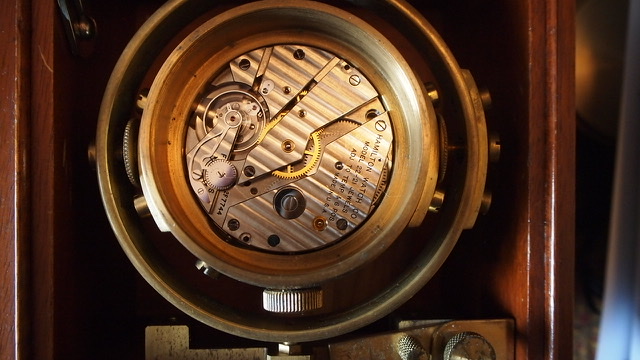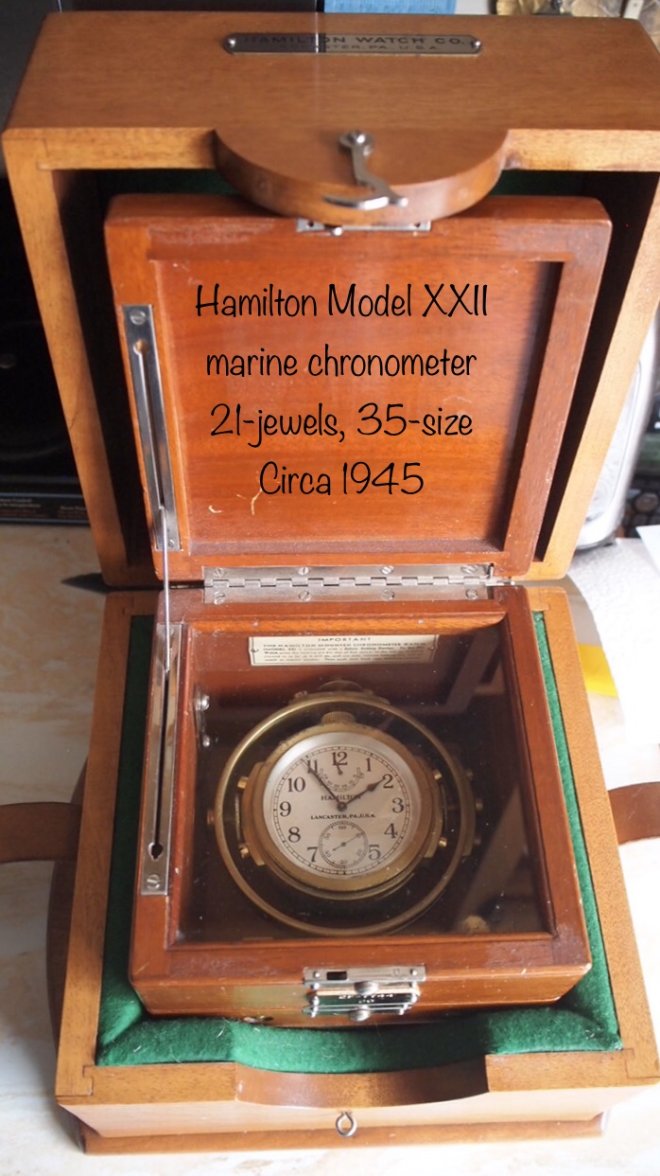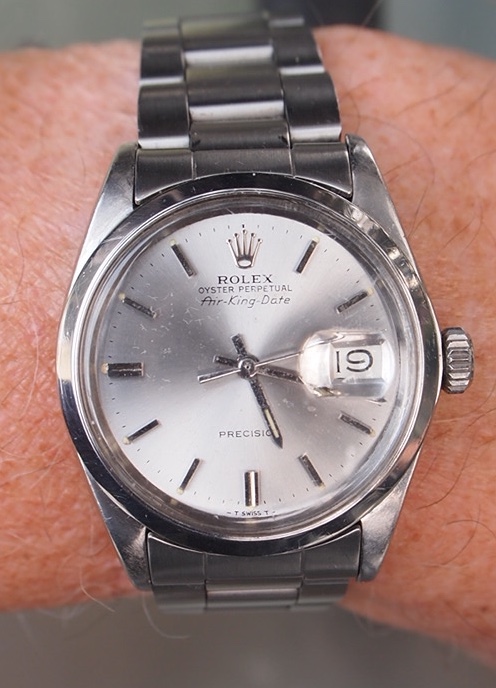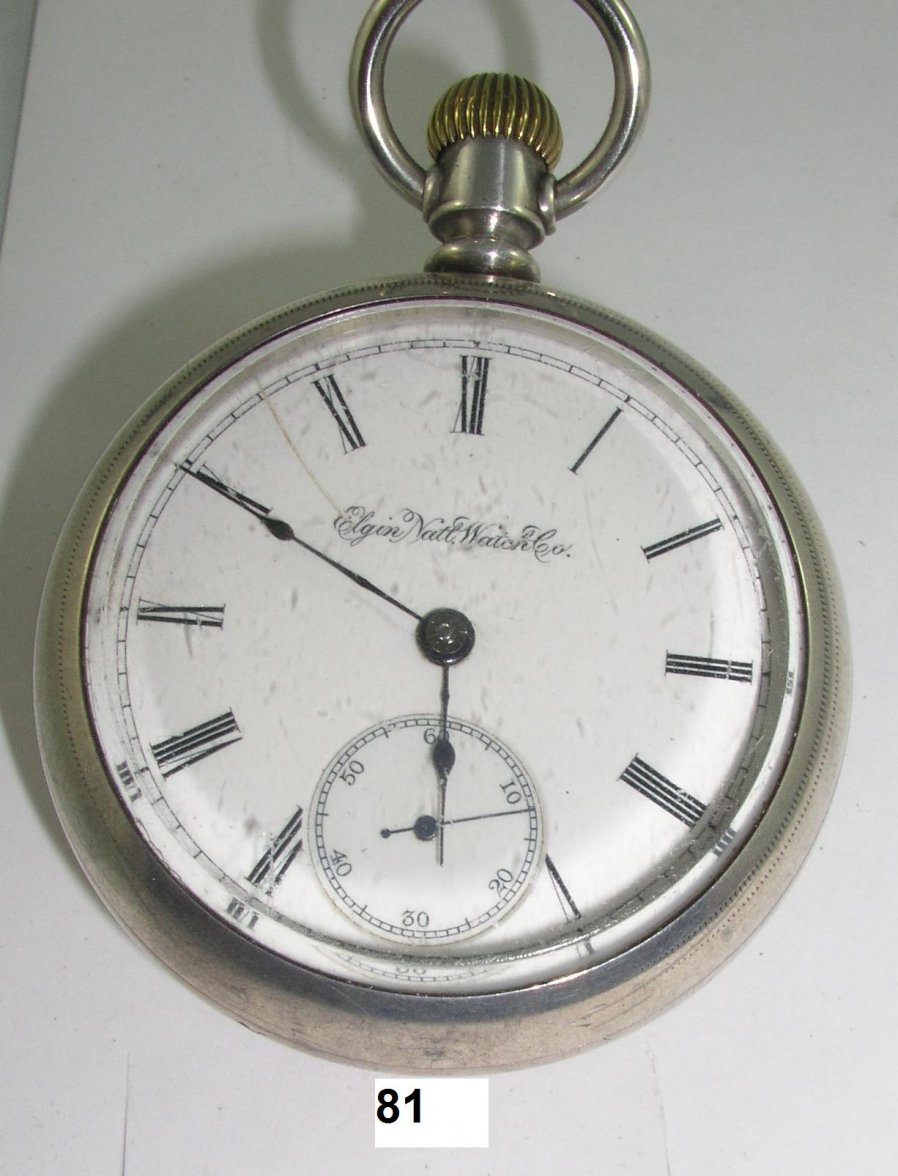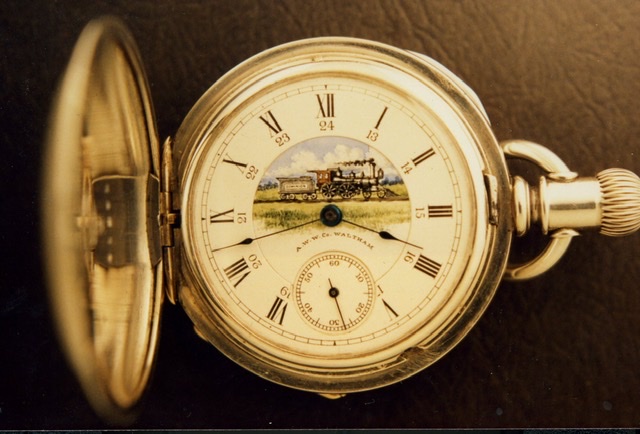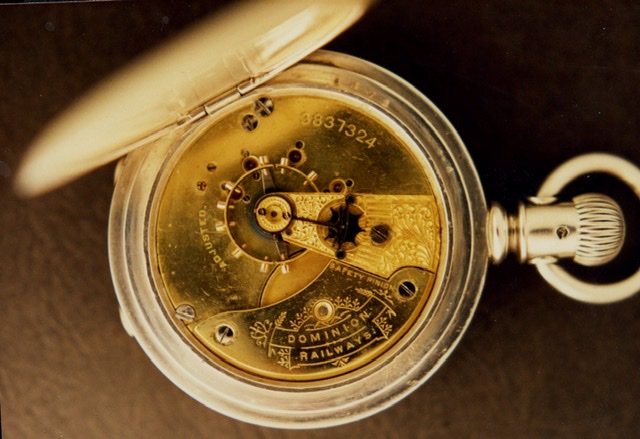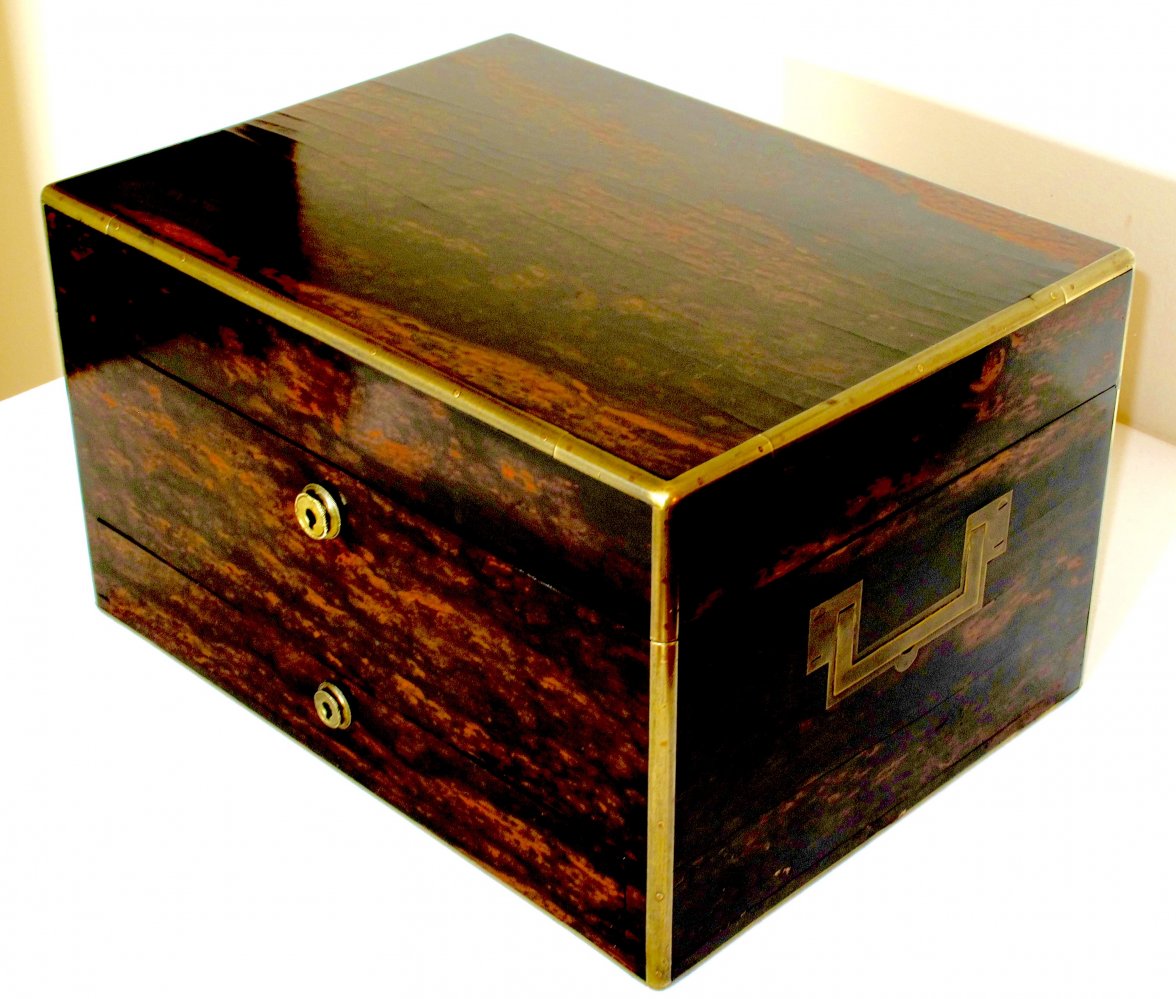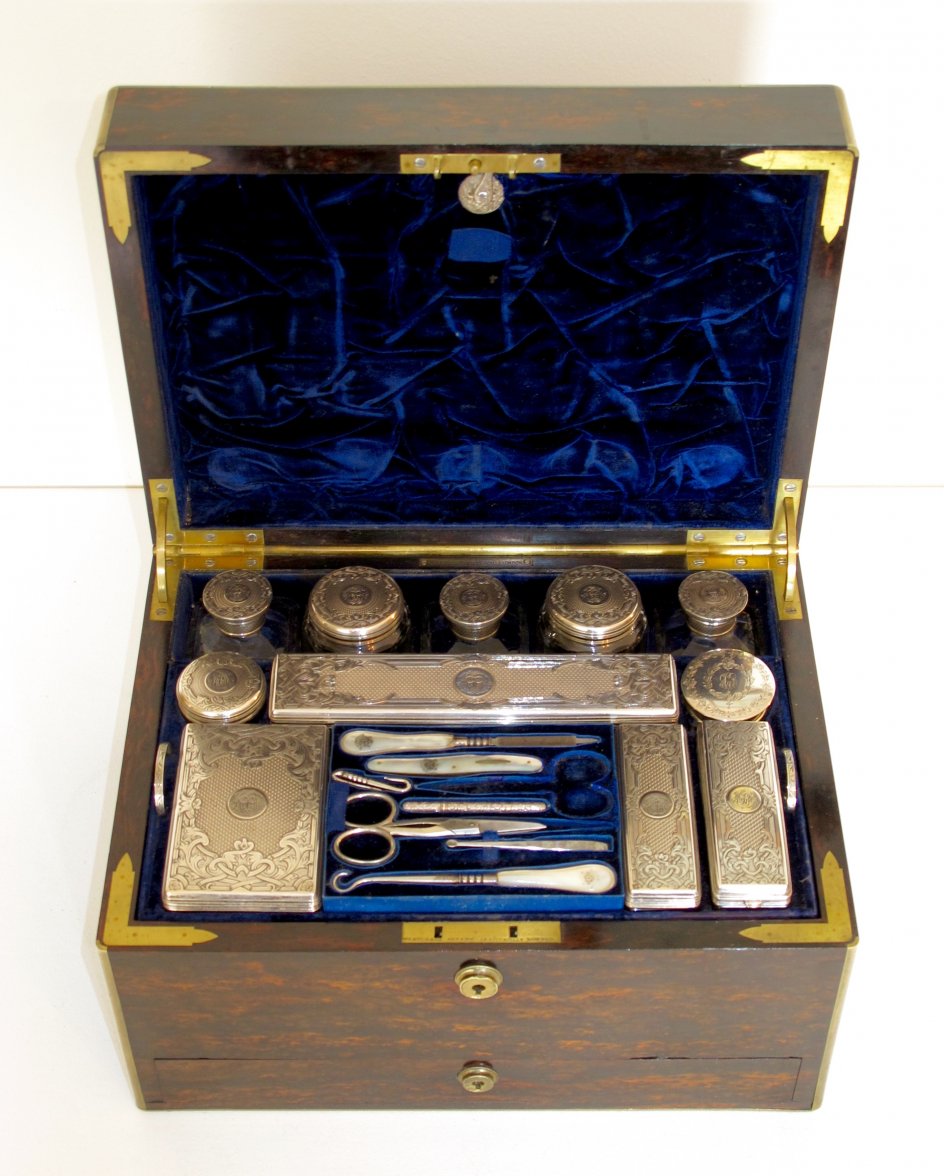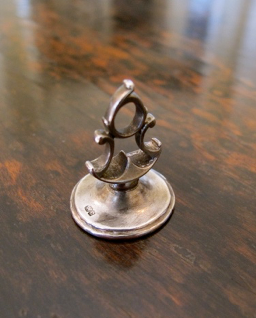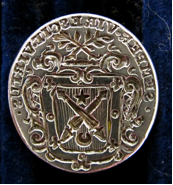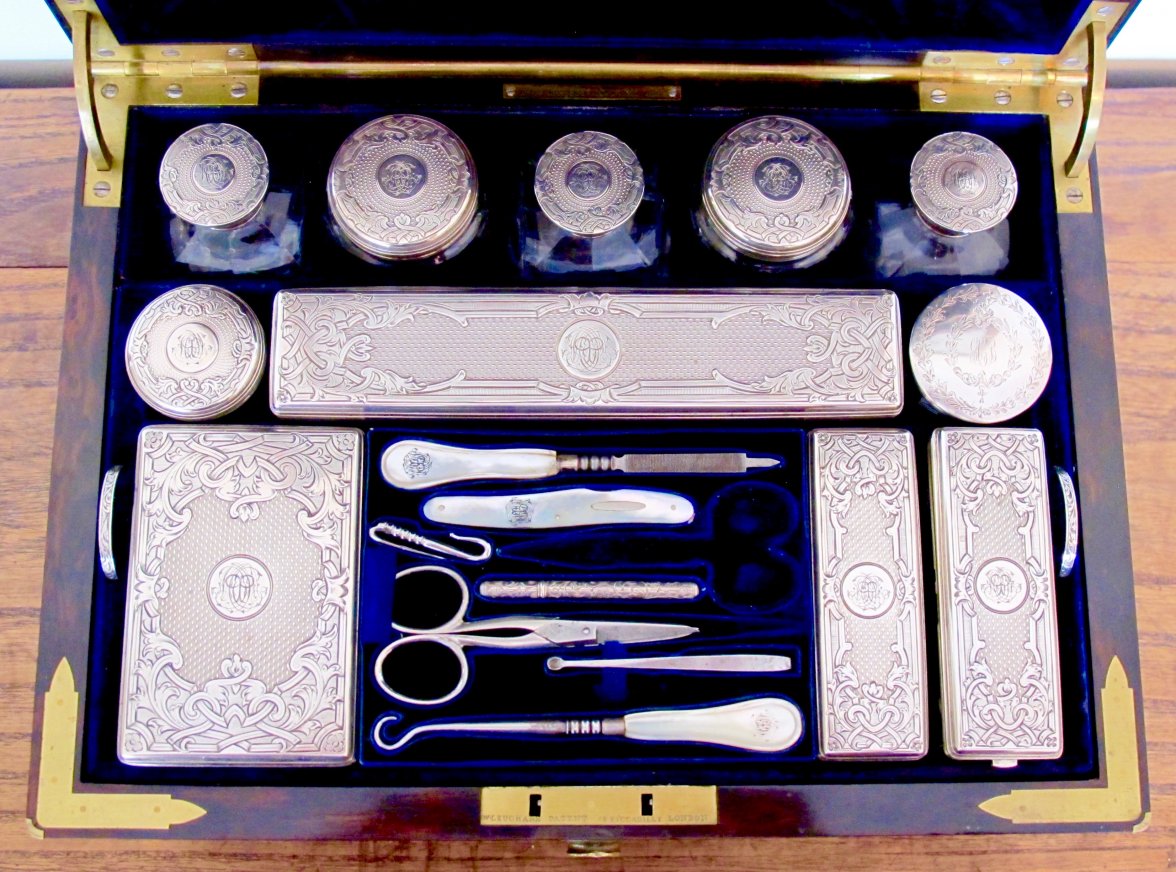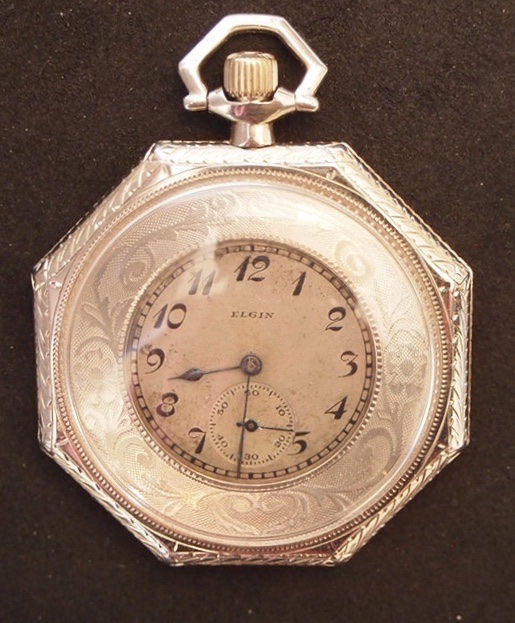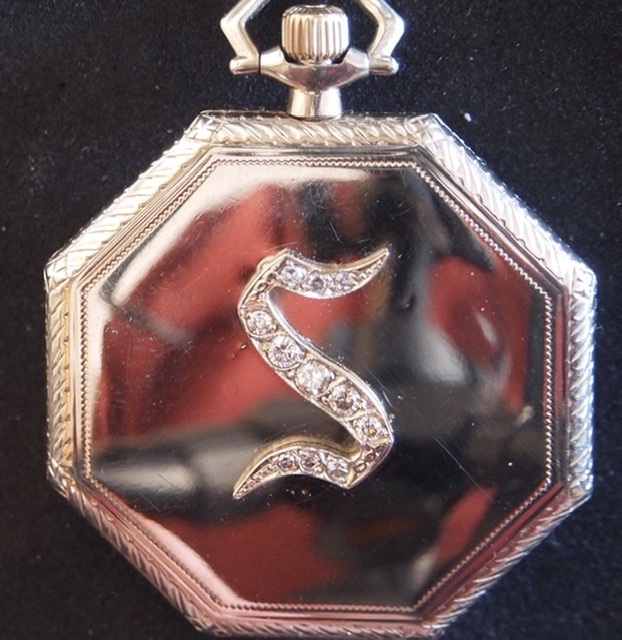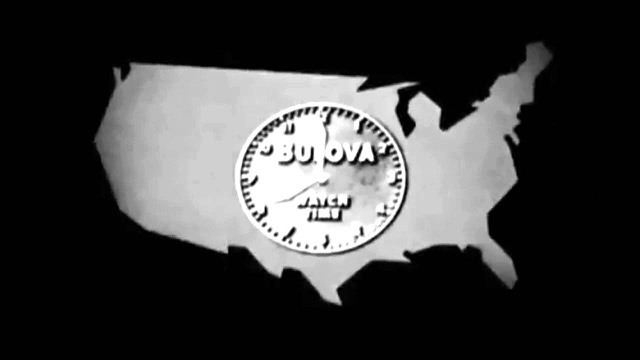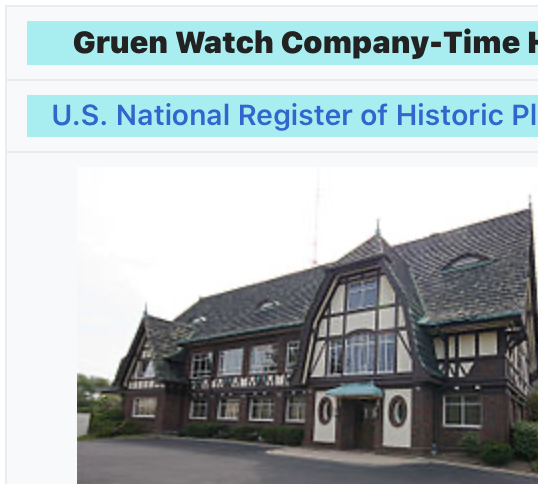VetPsychWars
·My story.
Some time ago, before I was as experienced with watches as I am now, I wanted to buy a "trench watch". Not having a lot of money at the time, nor knowing where else to buy, I bought one from eBay. This was not my first trench watch, but the previous few did not satisfy me, so I thought I had gotten a better one, this time. Dial wasn't bad, hands were intact, and it was running!
When I received it, I wore it around a bit, but I wanted it lumed, so I sent it off to the watchmaker I was using at the time, who serviced it, lumed it, and returned. Unfortunately, the hour hand broke in the process, but the lume held it together, and it was good enough. I wore it for some years after, until it needed servicing again.
Having located a CMW in town, I took it to him for servicing. When I got it back, he informed me that the movement didn't fit the case right. Sure enough, it was a mismatch. The watch was made by now-defunct Ferrero SA and the case was (not the current company) Invicta.
Well, heck! Can't have that. I turned to eBay and started to look for parts watches to steal the case from.
Imagine my surprise to find not one but two parts watches of the same type within a month! One even had the original strap attached. Alas it was not in good enough condition to retain, but I kept the sterling silver buckle.
I sent the whole mess to a CMW I found online who seemed competent, the local guy having been found worthless in the meantime, and sent the whole mess out. From one watch was taken the original gold crown, stem, and sterling case, and any parts worth a damn from the two parts movements. The best of all were retained, the movement adjusted, and back came a watch to be proud of!
Some time later... the crystal broke. I can't remember how or why, but by this time I had learned about how crystals were inserted in pocket watches, heat the bezel and seat it, and when the bezel cooled, the crystal was retained. I measured the bezel as best I could, converted to lignes, and bought a series of VTF crystals from Otto Frei. They were less than $5 each, so I bought four around the proper size, hoping one would fit.
Starting with the smallest, the first two were too small. The next nearly fit, and the last was clearly too big. Hm, how to heat the sterling bezel? I set a pizza pan on the burner, the bezel on the pizza pan, and the crystal into the opening the best I could. Turned the burner onto a lowish setting, and moved it around with my finger pushing down on the crystal. After about 30 seconds... PING and it went right in! Holy smokes!
After letting it cool, the crystal was set perfectly in its groove and didn't break. I mounted the bezel back onto the watch, and I'll be darned! Looked at from the side, the contour of the bezel matched perfectly with the curvature of the bezel and the caseback! What luck!
Some years passed, and it was time for another service. My previous watchmaker decided to make parts for the trade only, so another CMW was found somewhat closeby, about 40 miles away in Illinois. Since I was passing by (sort of) on the way to a Chicago suburb, I made an appointment and brought three watches along. I had by then sourced another "parts" Ferrero and the hands were the right size and unbroken, so they were substituted and relumed by this watchmaker.
Well, turned out that he was not all he was reputed to be. I had sent three watches, and he screwed up all three jobs. One was a pocket watch that could barely run when it came back, another was an Elgin Foch where brown paint was applied instead of lume (contrary to the work order) and the Ferrero was relumed with a completely different color of paint that didn't glow worth a damn, instead of the correct Luminova.
Grr.
Fortunately I had found a local CW21 at the Rolex dealer who was willing to service some of my watches in exchange for the Speedmaster I didn't really want anymore. He serviced the movement properly, and mixed Luminova of his own to match the dial.
Finally, success!
After at least a decade my Ferrero was in good shape, and my only challenge these days is sourcing the strap most like the one I received with a parts watch.
Behold!
The parts watch with the original strap:
Sorry, not very big, but it was probably a medium brown when new, it is sewn onto the lugs, so box stitch near the lugs, and stitched down the side. Also unpadded. If you come across anything remotely similar at 5/8" or 16mm, let me know!
Hope you enjoyed it!
Tom
Some time ago, before I was as experienced with watches as I am now, I wanted to buy a "trench watch". Not having a lot of money at the time, nor knowing where else to buy, I bought one from eBay. This was not my first trench watch, but the previous few did not satisfy me, so I thought I had gotten a better one, this time. Dial wasn't bad, hands were intact, and it was running!
When I received it, I wore it around a bit, but I wanted it lumed, so I sent it off to the watchmaker I was using at the time, who serviced it, lumed it, and returned. Unfortunately, the hour hand broke in the process, but the lume held it together, and it was good enough. I wore it for some years after, until it needed servicing again.
Having located a CMW in town, I took it to him for servicing. When I got it back, he informed me that the movement didn't fit the case right. Sure enough, it was a mismatch. The watch was made by now-defunct Ferrero SA and the case was (not the current company) Invicta.
Well, heck! Can't have that. I turned to eBay and started to look for parts watches to steal the case from.
Imagine my surprise to find not one but two parts watches of the same type within a month! One even had the original strap attached. Alas it was not in good enough condition to retain, but I kept the sterling silver buckle.
I sent the whole mess to a CMW I found online who seemed competent, the local guy having been found worthless in the meantime, and sent the whole mess out. From one watch was taken the original gold crown, stem, and sterling case, and any parts worth a damn from the two parts movements. The best of all were retained, the movement adjusted, and back came a watch to be proud of!
Some time later... the crystal broke. I can't remember how or why, but by this time I had learned about how crystals were inserted in pocket watches, heat the bezel and seat it, and when the bezel cooled, the crystal was retained. I measured the bezel as best I could, converted to lignes, and bought a series of VTF crystals from Otto Frei. They were less than $5 each, so I bought four around the proper size, hoping one would fit.
Starting with the smallest, the first two were too small. The next nearly fit, and the last was clearly too big. Hm, how to heat the sterling bezel? I set a pizza pan on the burner, the bezel on the pizza pan, and the crystal into the opening the best I could. Turned the burner onto a lowish setting, and moved it around with my finger pushing down on the crystal. After about 30 seconds... PING and it went right in! Holy smokes!
After letting it cool, the crystal was set perfectly in its groove and didn't break. I mounted the bezel back onto the watch, and I'll be darned! Looked at from the side, the contour of the bezel matched perfectly with the curvature of the bezel and the caseback! What luck!
Some years passed, and it was time for another service. My previous watchmaker decided to make parts for the trade only, so another CMW was found somewhat closeby, about 40 miles away in Illinois. Since I was passing by (sort of) on the way to a Chicago suburb, I made an appointment and brought three watches along. I had by then sourced another "parts" Ferrero and the hands were the right size and unbroken, so they were substituted and relumed by this watchmaker.
Well, turned out that he was not all he was reputed to be. I had sent three watches, and he screwed up all three jobs. One was a pocket watch that could barely run when it came back, another was an Elgin Foch where brown paint was applied instead of lume (contrary to the work order) and the Ferrero was relumed with a completely different color of paint that didn't glow worth a damn, instead of the correct Luminova.
Grr.
Fortunately I had found a local CW21 at the Rolex dealer who was willing to service some of my watches in exchange for the Speedmaster I didn't really want anymore. He serviced the movement properly, and mixed Luminova of his own to match the dial.
Finally, success!
After at least a decade my Ferrero was in good shape, and my only challenge these days is sourcing the strap most like the one I received with a parts watch.
Behold!
The parts watch with the original strap:
Sorry, not very big, but it was probably a medium brown when new, it is sewn onto the lugs, so box stitch near the lugs, and stitched down the side. Also unpadded. If you come across anything remotely similar at 5/8" or 16mm, let me know!
Hope you enjoyed it!
Tom


